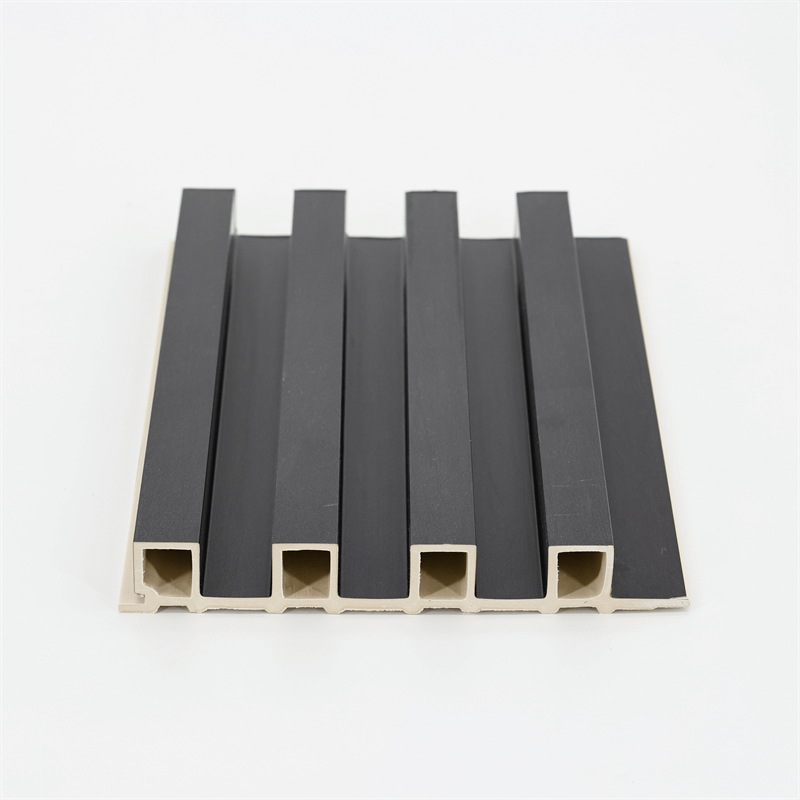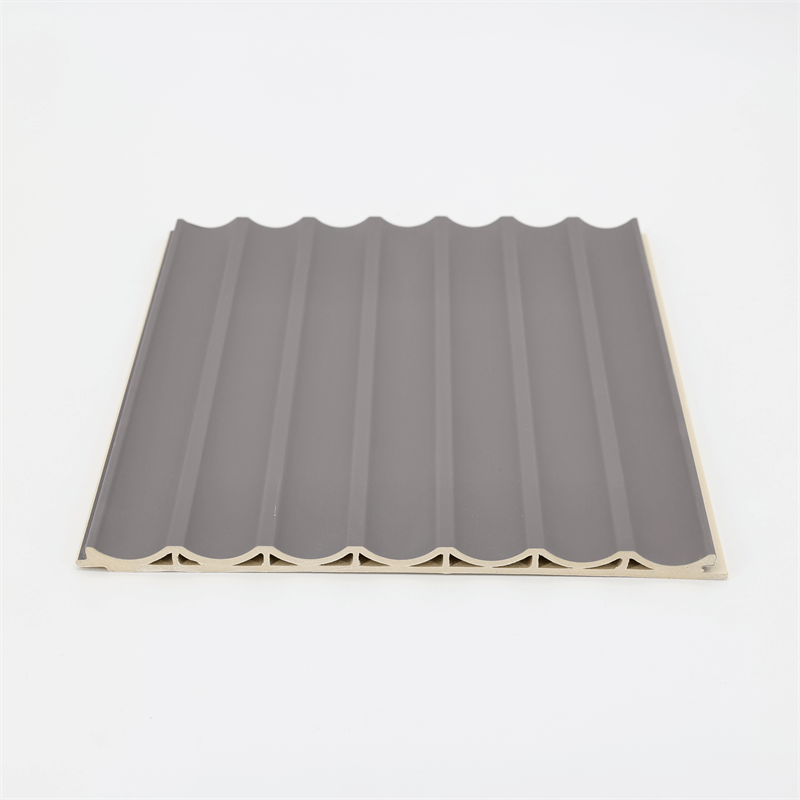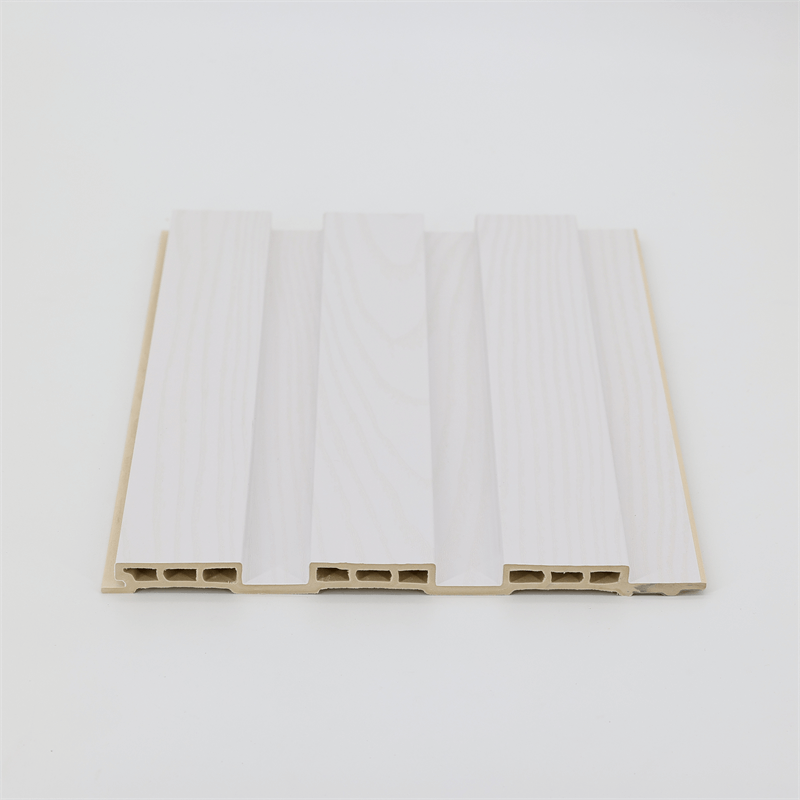Sustainable building practices are crucial in today’s construction industry, and LEED (Leadership in Energy and Environmental Design) certification is a widely recognized standard for measuring a building’s sustainability. WPC (Wood-Plastic Composite) wall panels offer several benefits that align with the principles of LEED certification.
This essay explores how WPC wall panels contribute to LEED certification through their use of recycled materials, energy efficiency, indoor environmental quality, and durability.
I. Use of Recycled Materials:
One of the key factors in achieving LEED certification is the utilization of recycled materials in building products.
WPC wall panels excel in this aspect as they are typically made from a blend of recycled wood fibers and polymer resins.
The incorporation of recycled materials in WPC panels reduces the demand for virgin resources, conserving natural resources and reducing environmental impact.
By choosing WPC wall panels, builders and designers can contribute to LEED certification by promoting sustainable material choices.
Additionally, WPC panels themselves are recyclable, meaning that at the end of their lifespan, they can be repurposed or used as feedstock for new products, further reducing waste.
II. Energy Efficiency:
Energy efficiency is a critical consideration in sustainable building design, and WPC wall panels contribute to this aspect of LEED certification.
These panels offer insulation properties that help reduce heat transfer, leading to improved energy efficiency in buildings.
The composition of WPC panels, including the insulating properties of the polymer resins and the air pockets within the material, aids in thermal insulation.
This insulation helps maintain comfortable indoor temperatures, reducing the reliance on heating and cooling systems and subsequently reducing energy consumption.
By using WPC wall panels, builders can enhance the energy efficiency of a building, promoting sustainability and supporting LEED certification goals.
III. Indoor Environmental Quality:
LEED certification emphasizes creating healthy indoor environments, and WPC wall panels contribute to improving indoor environmental quality.
These panels are designed to be low-emitting, meaning they release minimal volatile organic compounds (VOCs) into the air.
VOCs are chemicals that can negatively impact indoor air quality, leading to health concerns.
WPC panels, with their low VOC emissions, promote a healthier indoor environment by minimizing the presence of harmful pollutants.
Furthermore, WPC wall panels are resistant to mold and mildew growth, preventing the formation of these allergens and contributing to better indoor air quality.
By using WPC panels, builders can create spaces that prioritize the well-being and comfort of occupants, aligning with the indoor environmental quality requirements of LEED certification.
IV. Durability:
Durability is an important aspect of sustainable building practices, as it reduces the need for frequent replacements and repairs.
WPC wall panels offer long-term durability, contributing to the longevity and sustainability of a building.
Unlike traditional wall paneling materials that may deteriorate over time due to moisture damage or wear and tear, WPC panels are resistant to moisture, rot, and decay.
Their robust construction ensures that they can withstand the challenges of everyday use, providing lasting performance.
By opting for WPC wall panels, builders can reduce waste and conserve resources by minimizing the need for frequent replacements.
This durability aligns with the sustainable building practices promoted by LEED certification.

WPC wall panels offer several advantages that contribute to LEED certification and sustainable building practices.
Their use of recycled materials reduces the demand for virgin resources, promoting resource conservation.
The energy efficiency of WPC panels enhances the overall energy performance of buildings, reducing energy consumption.
Furthermore, WPC panels contribute to improved indoor environmental quality by being low-emitting and resistant to mold and mildew growth.
Lastly, their durability reduces waste and supports long-term sustainability.
By incorporating WPC wall panels into construction projects, builders and designers can actively contribute to LEED certification and demonstrate their commitment to sustainable building practices.


